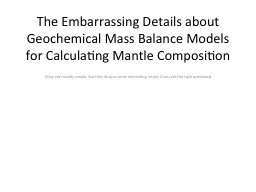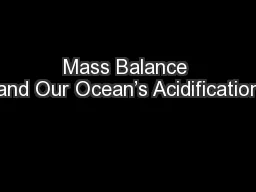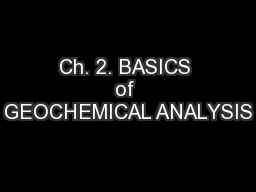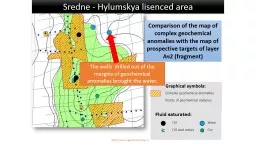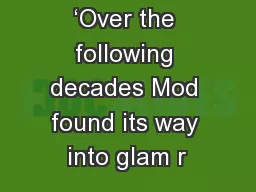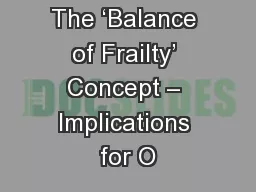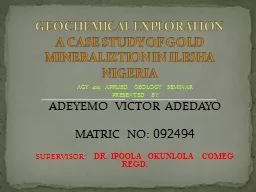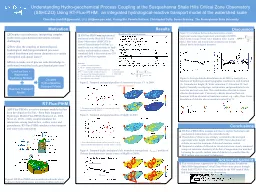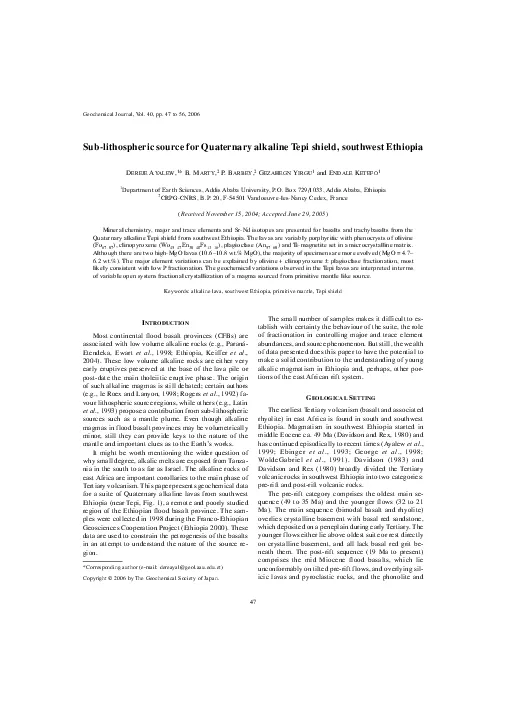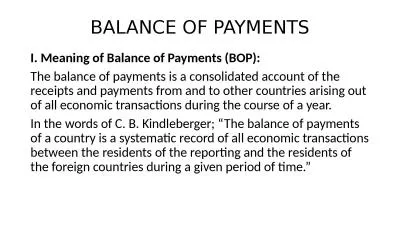PPT-The Embarrassing Details about Geochemical Mass Balance Mod
Author : sherrill-nordquist | Published Date : 2016-03-18
they are trivially simple but they do give some interesting results if you ask the right questions The Physical Principal Conservation of Mass Bulk Silicate Earth
Presentation Embed Code
Download Presentation
Download Presentation The PPT/PDF document "The Embarrassing Details about Geochemic..." is the property of its rightful owner. Permission is granted to download and print the materials on this website for personal, non-commercial use only, and to display it on your personal computer provided you do not modify the materials and that you retain all copyright notices contained in the materials. By downloading content from our website, you accept the terms of this agreement.
The Embarrassing Details about Geochemical Mass Balance Mod: Transcript
Download Rules Of Document
"The Embarrassing Details about Geochemical Mass Balance Mod"The content belongs to its owner. You may download and print it for personal use, without modification, and keep all copyright notices. By downloading, you agree to these terms.
Related Documents

